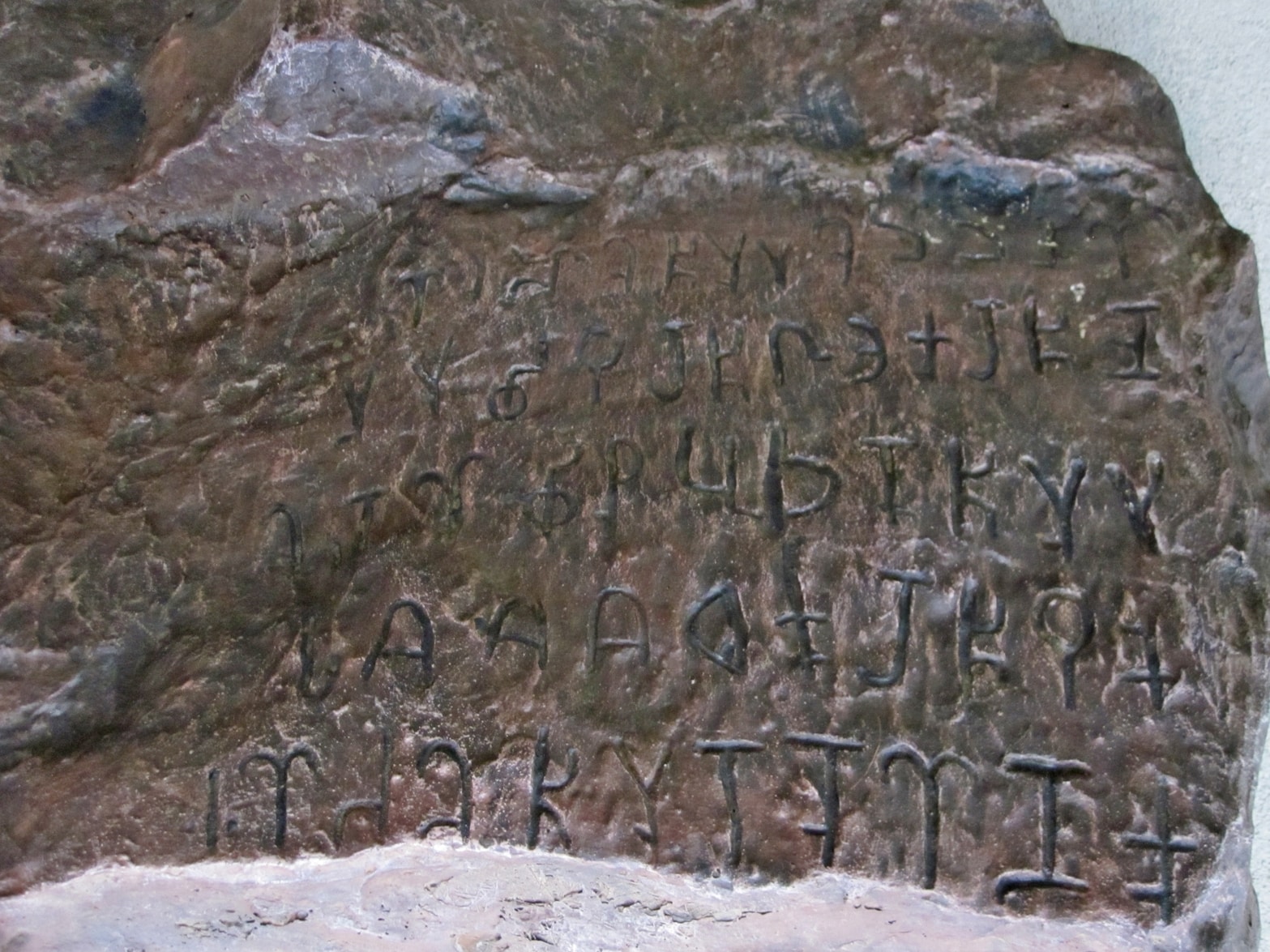Ancient Tamil
"Tamil is the first language in the world and it is the mother of all languages in the world."
The Tamil language is ancient than Sanskrit because References to rivers that dried up 10,000 years ago are seen in Tamil literature. In fact, there is a possibility that Tamil was the root of Sanskrit, in turn, the root of all Indo European languages. Tamil scholar Devaneya Pavanar had established that Tamil is the primary classical language of the world. Tamil words exist in many languages of the world in various modifications but retaining the logical meaning. In the world languages, it is difficult to find a basic word that does not have some link with the Tamil word. Hence, Tamil has the status of the mother tongue in the world.
The earliest records in Ancient Tamil are short inscriptions from around the 2nd century BC. These inscriptions are written in Tamil Brahmin. The earliest text in Ancient Tamil is the Tholkappiyam. Other works in Ancient Tamil include two long epics, Silapathikaram and Manimekalai as well as number of ethical and informative texts that have been composed between the 5th and 8th centuries. A large number of literary works in Ancient Tamil have also survived. These include a corpus of 2,381 poems collectively known as Sangam literature
Ancient Tamil preserved many features of Proto-Dravidian, including the inventory of consonants, the syllable structure,and various grammatical features. Amongst these was the absence of a distinct present tense – like Proto-Dravidian, Ancient Tamil only had two tenses, the past and the "non-past". Ancient Tamil verbs also had a distinct negative conjugation
Nouns could take pronominal suffixes like verbs to express ideas:
e.g.
"I do not See"
"We do not see"
e.g.
"we are women"
"women"
Despite the significant amount of grammatical and syntactical change between Ancient, Middle and Modern Tamil, Tamil demonstrates grammatical continuity across these stages: many characteristics of the later stages of the language have their roots in features of Ancient Tamil

Jambai Tamil Brahmi inscription. Villupuram district is near Tirukovilur. It is the time of the Tamil Sangam (400 BCE)
